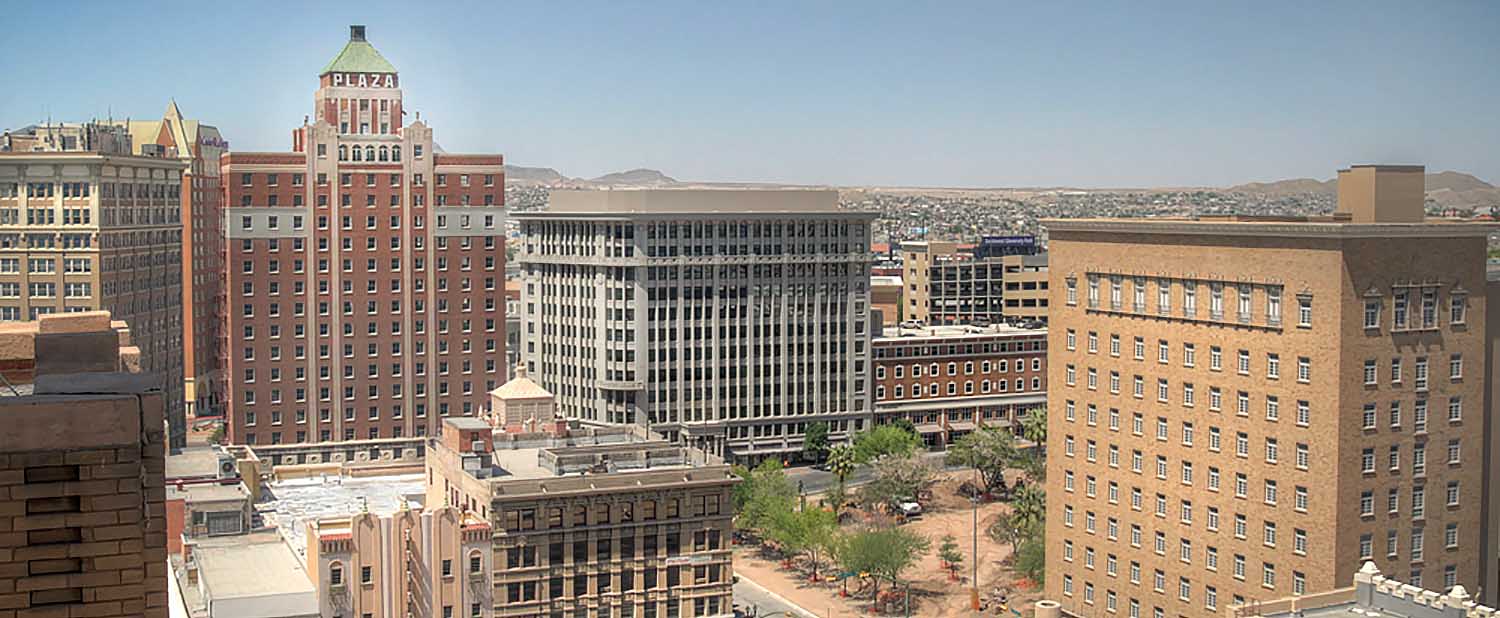Historic Preservation and Sustainability
Historic preservation, by definition, includes the conservation of existing materials. Buildings and structures are saved and reused, allowing us to continue to enjoy the productive investment that was made when the materials were first cut, quarried, crafted, transported and installed. This makes preservation a key factor in sustainability, the concept of meeting the needs of the present without compromising the ability of future generations to meet their needs.
Although modern building practices can help to achieve energy efficiencies, it is an often stated fact that we cannot build our way to sustainability. Nor is it necessary for us to abandon our cultural landscapes and architectural achievements that set us apart as a nation in an effort to attain this goal. Most historic buildings are, due to their materials, design and context, inherently efficient. But further efficiencies may be achievable without sacrificing or compromising our irreplaceable heritage.
It is the position of the Texas Historical Commission, as the state agency with responsibility for developing preservation policy and as the steward of our own historic sites, that we encourage the continued use of historic buildings and structures, and the incorporation of appropriate modifications that achieve enhanced energy efficiencies through sustainable building practices when those practices also recognize the inherent efficiency existing in historic buildings and respect their historical integrity.
By pursuing historic preservation and incorporating sustainable design, the THC can help to conserve materials and energy, prolong the life of existing buildings, support local economic development efforts, revitalize communities, and enhance the quality of life we enjoy as residents of the great state of Texas.

Photo credit: Marcos Fernandez.
Resources
- Energy Efficiency, Renewable Energy and Historic Preservation: A Guide for Historic District Commissions (PDF)
- Going Green Downtown (PDF)
- National Trust- Sustainability and Historic Preservation
- National Trust- Sustainability Resources for Forum Members
- National Trust- Window Weatherization Links and Resources
- NPS Guide to Weatherizing and Improving the Energy Efficiency of Historic Buildings
- NPS Energy Efficiency Guidelines for Restoring Historic Buildings
- NPS Preservation Brief #4: Conserving Energy in Historic Buildings
- California SHPO’s Compilation of Window Repair and Retrofit Resources
- Preservation Magazine- The Green Issue (Mar/Apr 2010)
- Preservation Magazine- The Green Issue (Mar/Apr 2009)
- Preservation Magazine- The Green Issue (Jan/Feb 2008)
- Whole Building Design Guide- Sustainable Historic Preservation
- Donovan Rypkema- Economics, Sustainability and Historic Preservation